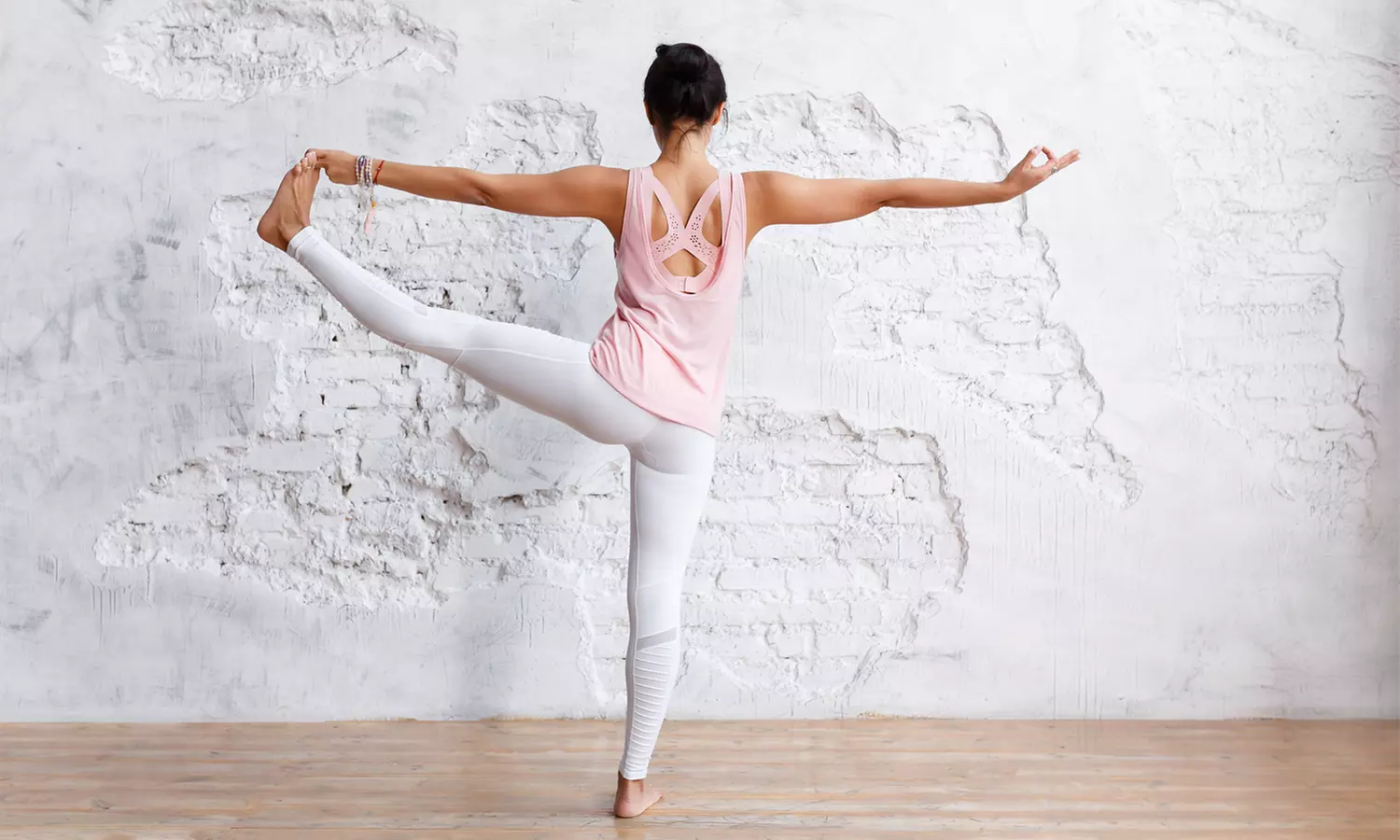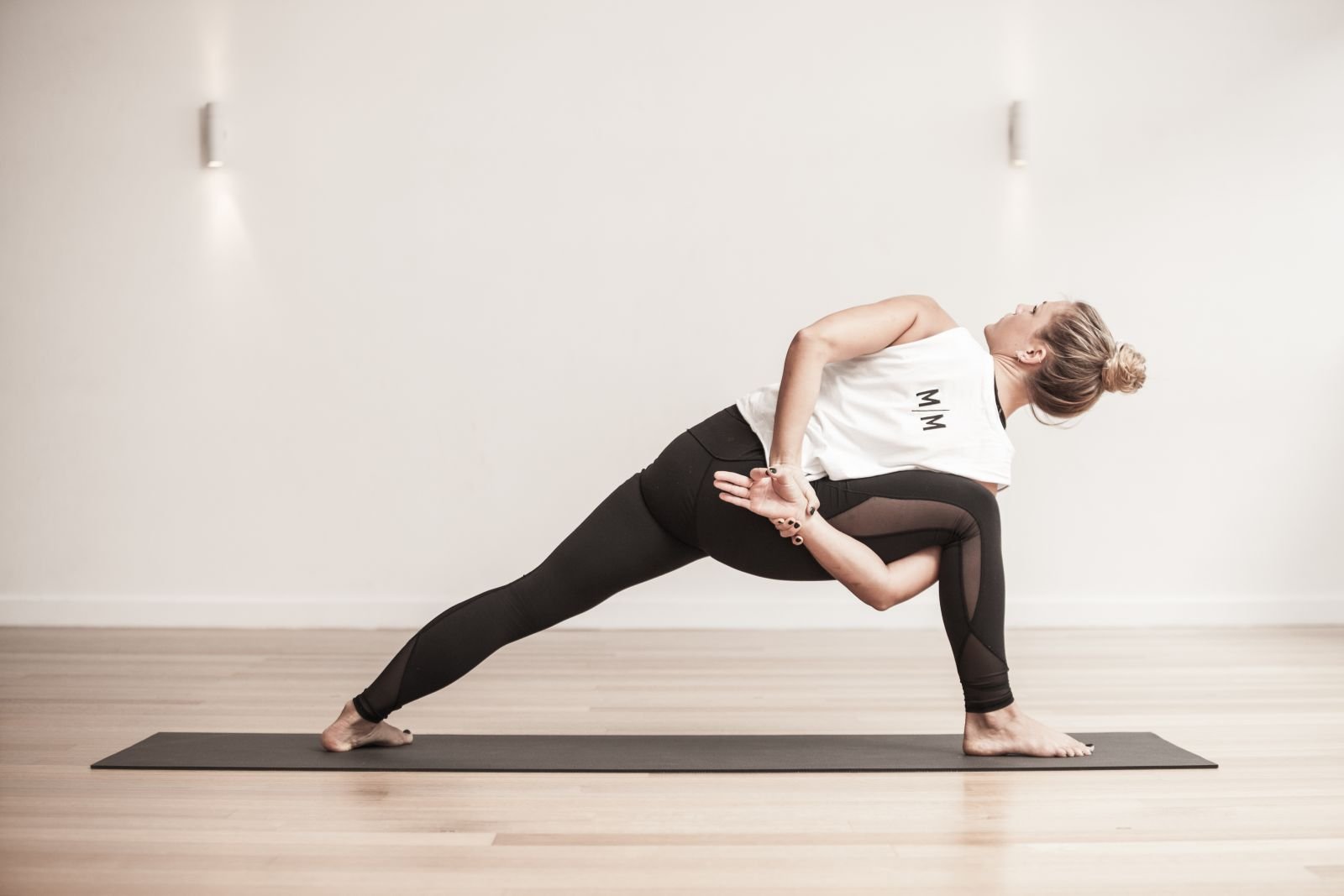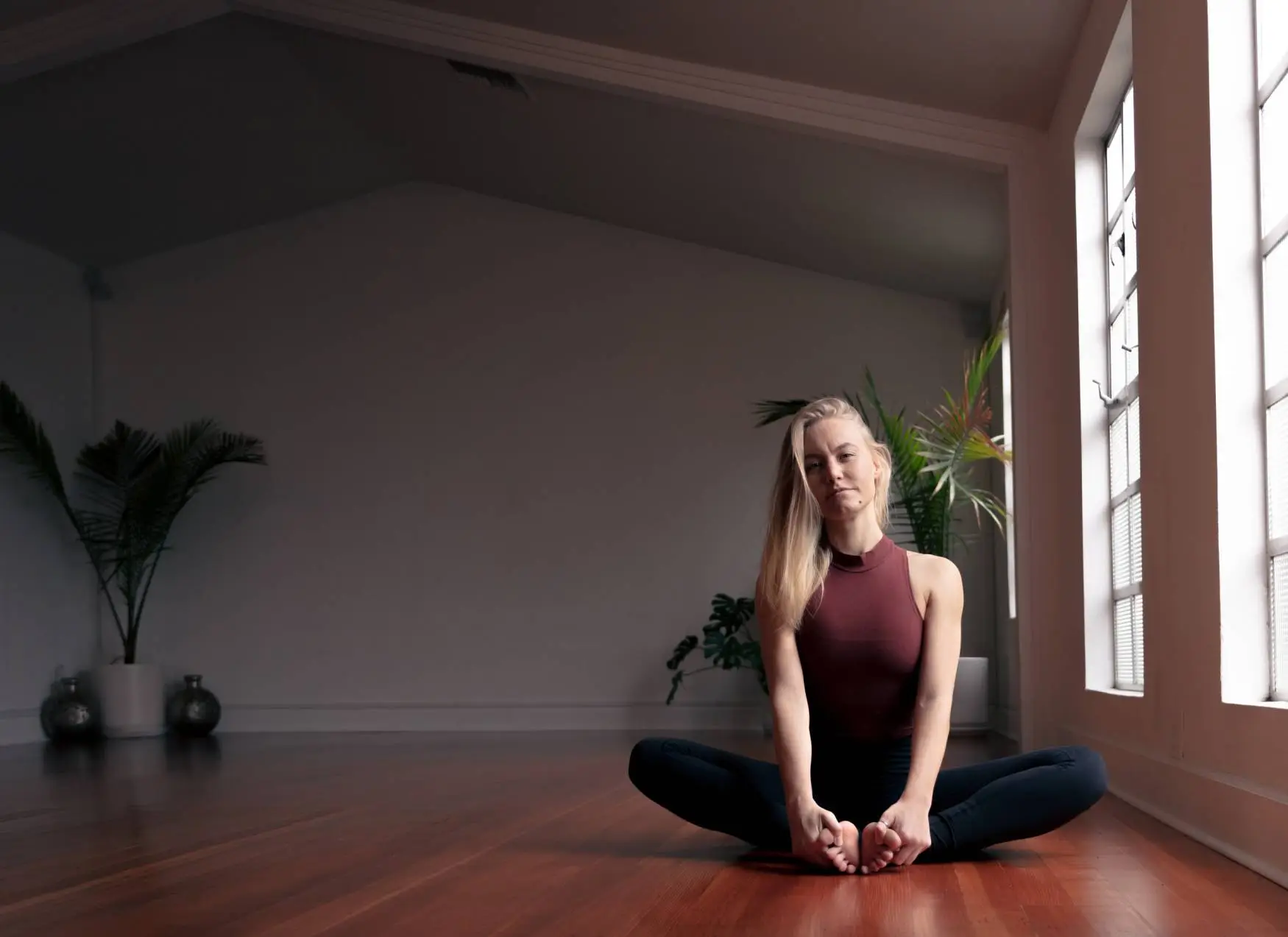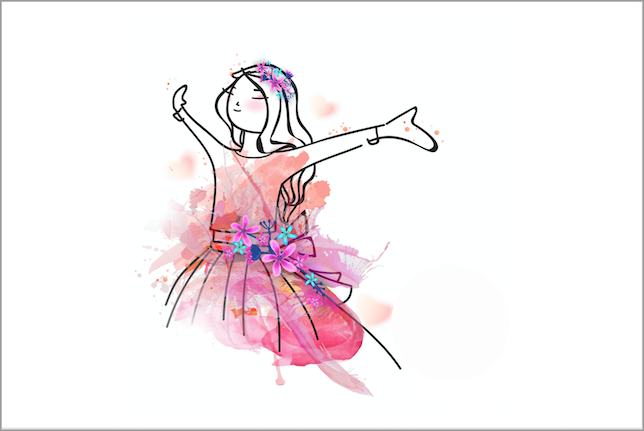Yoga for Chronic Pain Relief: The Best Poses and Practices
Chances are, if you’ve been practicing yoga for a while, you may have experienced pain from some kind of yoga-related injury. As with any physical activity, yoga asana carries some risks, especially when practiced vigorously or without proper awareness of the body’s limitations. In the best cases, these injuries are minor, heal completely, and serve to inform your practice through a deeper, more attuned awareness of your body. If injuries are not allowed to heal properly they can turn into chronic areas of pain and discomfort.
Major bodily injuries from yoga are still pretty rare. But in 2015, a 38-year-old man in Ireland broke his leg while practicing ashtanga yoga. While moving into Marichyasana B pose, he heard a loud crack as his right femur fractured 4 inches above his knee. While most yogis don’t need to worry about sustaining an unusual injury such as this, it does raise important questions about yoga asana: What is to be gained or lost from practicing a repetitive sequence like the primary series taught in ashtanga yoga? And what should you do if you feel pain during or after practicing yoga asana?
Viewing ads supports YogaBasics. Remove ads with a membership. Thanks!
Repetitive Yoga Can Stress the Body
In my own ashtanga practice, I’ve discovered that learning a set sequence can help develop a personal home practice. The repetition means more time is spent focusing on the breath and current posture rather than anticipating what comes next. However, a drawback to practicing a set series is that it can cause repetitive stress injuries. The tendency to repeat an action in the body becomes harmful if practiced incorrectly, and without variation, we can put continued stress on the body.
Most likely, we have all been told at some point to “listen to our body.” But how we listen to our bodies varies from person to person, and learning to distinguish injurious pain from non-harming discomfort is something that even experienced yoga practitioners can struggle with. So how do we heed our own advice and allow our yoga practice to challenge us while still keeping ourselves safe?
Ease Chronic Pain with these Yoga Poses and Practices
- Distinguish the difference between discomfort and pain in your body. Discomfort is challenging, but pushing discomfort too far can lead to pain. If you feel you’re at the edge of discomfort, it’s probably a sign to ease up and back off. Discomfort should be focused in the belly of the muscle that is stretching or engaging. If pain or discomfort is in the joints, this is a major red flag to stop and back off.
- Vary the style of yoga you practice. If you start to develop chronic pain or suffer an injury, take a break from practicing in your usual way. Variation in asana brings physical benefits and can help heal injuries. A restorative or yin yoga practice can help show you the benefits of slowing down and deepening your physical awareness in the poses.
- Seek advice from professionals, but always trust your intuition. Consult an experienced yoga teacher, physical therapist, or doctor if you have pain in your body, but don’t let someone else’s advice replace your own. Remember that you are your own greatest teacher.
- Focus on balancing tension and release in the muscles when you practice. Some muscles should work hard to support the opposing muscles’ stretch. Yoga asana should rarely be all strength or all release. Keeping this in mind can help prevent painful injury from pushing too far in one direction.
- Learn the foundations of alignment. It’s important for anyone hoping to avoid pain and injury in yoga to understand how to maintain structural integrity in the body, and how to support it rather than hurt it. Use yoga blocks and other props to support good alignment in your practice.
- Do these yoga poses to ease chronic pain: Start with simple gentle movements such as Cat and Cow and gentle seated bends and supine twists. Then add in Mountain Pose (Tadasana) and some slow Sun Salutations. Practice some restorative poses such as Legs up the Wall Pose (Viparita Karani) and Supported Child’s Pose (Balasana).
- Try some focused relaxation. Whether you try a relaxation pose such as Savasana or a focused relaxation technique such as a breath awareness and body scanning, focused relaxation can help ease chronic pain. Incorporate some Yoga Nidra into your focused relaxation practice.
- Various meditation practices can help you bring more awareness into your life and help you manage your pain. Practice a calming or healing meditation technique like our inner-peace meditation or our prana healing meditation for the best results.
- Calming Pranayama (yogic breathing exercises) like Dirga Pranayama and Nadi Sodhana Pranayama can relax the nervous system and reduce stress and tension.
Have you used yoga to reduce or eliminate chronic pain? What yoga poses or practices were the most helpful for your pain relief?






